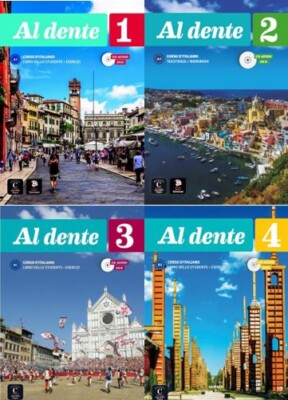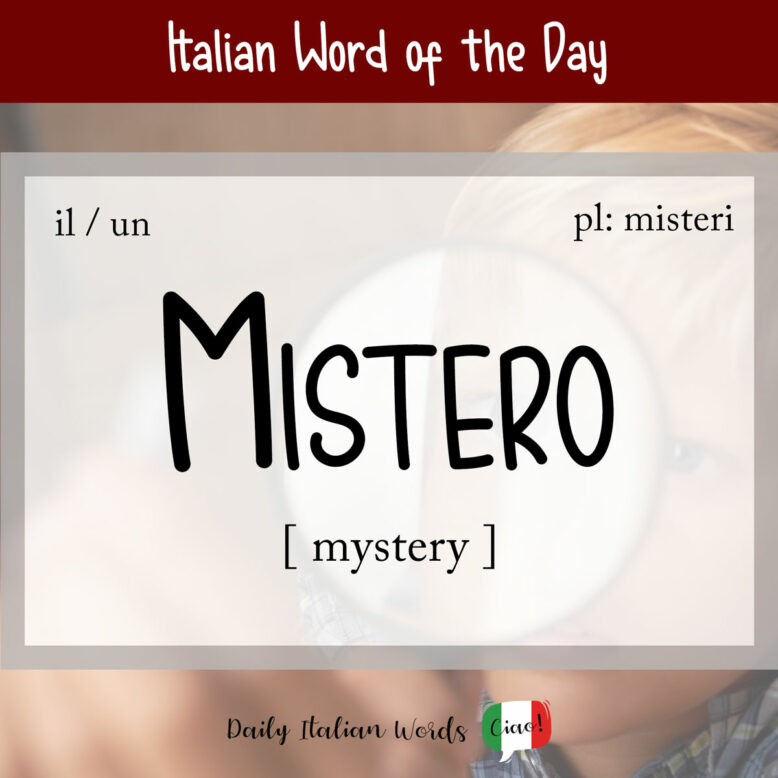Italy, a land synonymous with ancient ruins, Renaissance art, delectable cuisine, and passionate opera, might not be the first country that comes to mind when one thinks of the hard-boiled detectives or intricate whodunits of mystery fiction. Yet, beneath its sun-drenched landscapes and vibrant cultural tapestry, lies a rich and complex tradition of crime and mystery writing, affectionately known as Giallo. Far from merely aping Anglo-American models, Italian mystery fiction has forged its own distinctive path, evolving into a multifaceted genre that not only entertains but also serves as a poignant mirror reflecting the country’s social, political, and psychological realities.
The term "Giallo" itself is an intriguing starting point. It literally means "yellow" in Italian, and its origin dates back to 1929 when the Mondadori publishing house launched a series of crime novels, predominantly translations of British and American authors like Agatha Christie and Edgar Wallace, all distinguished by their bright yellow covers. This instantly recognizable aesthetic led the public to associate the color with the genre, and "giallo" became the colloquial term for any mystery, thriller, or detective story, whether in print or on screen.
The Genesis of Giallo: From Imported Puzzles to Italian Soil
In its earliest phase, Italian giallo was largely derivative, focusing on classic "locked-room" mysteries and deductive puzzles. However, as Italian authors began to engage with the genre, it started to acquire a distinctly national flavor. The post-war period saw a significant shift. The optimism of reconstruction was soon tempered by the persistent shadows of corruption, organized crime, and unresolved historical trauma. This fertile ground provided Italian writers with ample material to move beyond mere intellectual games and infuse their stories with deeper psychological and sociological dimensions.
One of the most significant early figures to imbue giallo with a profound social conscience was Leonardo Sciascia (1921-1989). Hailing from Sicily, Sciascia’s novels are less about "who did it" and more about "why it happened" and the systemic failures that allow crime to flourish. Works like Il giorno della civetta (The Day of the Owl, 1961) and A ciascuno il suo (To Each His Own, 1966) use the murder investigation as a lens to expose the pervasive power of the Mafia, the complicity of institutions, and the fatalistic silence (omertà) that often shrouds the truth in Sicily. Sciascia’s protagonists are often isolated figures, intellectually superior but morally compromised, grappling with an inherently unjust world. His writing is sharp, analytical, and deeply pessimistic, reflecting a profound disillusionment with power and justice.
Another foundational, albeit unconventional, figure is Carlo Emilio Gadda (1893-1973). His sprawling, baroque masterpiece, Quer pasticciaccio brutto de via Merulana (That Awful Mess on Via Merulana, 1957), is often considered a proto-giallo. While it begins with a murder investigation, the novel quickly devolves into a labyrinthine exploration of human nature, language, and the inherent chaos of the universe. Gadda’s experimental style, rich in dialects and digressions, resists easy categorization, but its examination of crime as a symptom of a larger societal malaise, and its questioning of objective truth, set a precedent for the genre’s intellectual depth.
The 1960s and 70s saw the rise of a more hard-boiled, urban-centric giallo, often dubbed "Italian Noir." Giorgio Scerbanenco (1911-1969) is its undisputed master. His Duca Lamberti series, set in a gritty, rapidly modernizing Milan, introduced a new kind of detective: a disgraced doctor with a dark past, working as an amateur investigator. Scerbanenco’s novels, such as Venere privata (Private Venus, 1966) and Traditori di tutti (Traitors to All, 1966), depicted a brutal urban landscape where crime was rampant, corruption endemic, and morality ambiguous. His writing was direct, visceral, and focused on the psychological scars of his characters and the harsh realities of city life, moving far beyond the drawing-room mysteries of earlier decades.
The Modern Masters: Giallo’s Golden Age
The late 20th and early 21st centuries have witnessed an explosion of talent, solidifying giallo’s status as a major force in Italian literature.
Foremost among these is Andrea Camilleri (1925-2019), whose Inspector Salvo Montalbano series became a global phenomenon. Set in the fictional Sicilian town of Vigàta, Camilleri’s novels offer a delightful blend of classic detection, wry humor, acute social commentary, and a celebration of Sicilian culture, particularly its food. Montalbano is a complex character: a shrewd investigator, a lover of good food and beautiful women, often exasperated by bureaucracy and political machinations, but ultimately driven by a deep sense of justice. Camilleri’s distinctive linguistic style, blending standard Italian with Sicilian dialect (a phenomenon known as "Camillerismo"), is a crucial element of his appeal, immersing the reader in the heart of Sicily. Books like La forma dell’acqua (The Shape of Water, 1994) and Il cane di terracotta (The Terra-Cotta Dog, 1996) are not just crime stories; they are rich ethnographic studies of a region grappling with its past and present.
Maurizio de Giovanni (b. 1958) has carved out his own niche with two distinct series, both set in Naples. His Commissario Ricciardi novels, set in the atmospheric Naples of the 1930s under Fascist rule, feature a detective who possesses a unique, melancholic gift: he sees the last moments of violent deaths. This supernatural element adds a layer of poignant mystery to his investigations, which often touch upon the social injustices and hidden lives of the city’s inhabitants. De Giovanni’s more contemporary Mina Settembre series offers a warmer, more character-driven look at Naples through the eyes of a social worker who inadvertently solves crimes.
Massimo Carlotto (b. 1956) is another prominent voice in Italian noir. His "Alligator" series features Marco Buratti, a former blues singer wrongfully imprisoned, who now works as an unlicensed private investigator, operating on the fringes of the law. Carlotto’s writing is stark, brutal, and unsentimental, depicting a Veneto region rife with corruption, organized crime, and political intrigue. His novels, such as Arrivederci amore, ciao (The Goodbye Kiss, 2001), are deeply cynical explorations of power dynamics and the moral compromises necessary to survive in a crooked world.
Other notable contemporary authors include Giancarlo De Cataldo (b. 1956), whose Romanzo criminale (Crime Novel, 2002) is a sprawling, semi-fictionalized account of the Magliana gang’s rise and fall in Rome during the "Years of Lead" (Anni di piombo), offering a profound historical and sociological examination of Italian crime. Donato Carrisi (b. 1973) has achieved international success with his dark, psychologically complex thrillers like Il suggeritore (The Whisperer, 2009), often featuring disturbing serial killers and intricate plots.
Distinctive Features of Italian Mystery Fiction
Several characteristics distinguish Italian giallo from its international counterparts:
- Setting as Character: The geographical and cultural specificity of Italy is paramount. Sicily, Naples, Milan, Rome, Venice, and the Veneto region each offer unique backdrops, linguistic nuances, culinary traditions, and historical baggage that deeply influence the narratives. The sense of place is often as important as the plot itself.
- The Flawed, Human Detective: Italian detectives are rarely infallible super-sleuths. They are often burdened by personal demons, frustrated by bureaucracy, susceptible to human weaknesses, and deeply affected by the crimes they investigate. They are reflections of a more nuanced, less heroic view of justice.
- Social and Political Undercurrents: From the Mafia to political corruption, from the legacy of Fascism to the complexities of modern immigration, Italian giallo consistently engages with the pressing social and political issues of the day. Crime is often a symptom of deeper societal ills.
- Ambiguity and Moral Complexity: There is often less of a clear-cut distinction between good and evil. Characters operate in shades of gray, and resolutions are not always tidy or just. This reflects a more cynical and realistic view of human nature and systemic injustice.
- Linguistic Richness: Many authors, most notably Camilleri, weave regional dialects and colloquialisms into their prose, adding authenticity, flavor, and a unique rhythm to the narratives. This can be a challenge for translators but is a source of immense pleasure for native speakers.
- Pacing and Atmosphere: While thrillers exist, many gialli prioritize atmosphere, character development, and social commentary over relentless action. The pace can be more contemplative, allowing for deeper psychological exploration.
Giallo’s Influence Beyond Literature
The impact of giallo extends beyond the printed page. The genre found a powerful cinematic expression in the 1960s and 70s with directors like Dario Argento, Mario Bava, and Lucio Fulci. Film giallo developed its own distinct aesthetic: stylish violence, psychological suspense, often a mysterious, gloved killer, and vibrant, often surreal cinematography. These films, while different in tone from their literary counterparts, shared a focus on psychological tension and often explored themes of repressed trauma and societal anxieties. More recently, popular television adaptations of Camilleri’s Montalbano and De Giovanni’s Ricciardi series have brought these beloved characters to a wider global audience, showcasing the enduring appeal of Italian mystery.
In conclusion, Italian mystery fiction, or giallo, is far more than a simple genre of crime stories. It is a vibrant, evolving literary landscape that offers profound insights into the Italian psyche, its history, its social fabric, and its enduring challenges. From the early puzzles to the hard-boiled noir of Milan, and from the sun-drenched, food-infused mysteries of Sicily to the psychological thrillers of modern Italy, giallo writers have consistently pushed the boundaries of the genre, proving that the shadows cast by crime can illuminate the deepest truths of a nation. For those willing to delve beyond the surface, the world of Italian mystery offers a compelling and richly rewarding journey.


